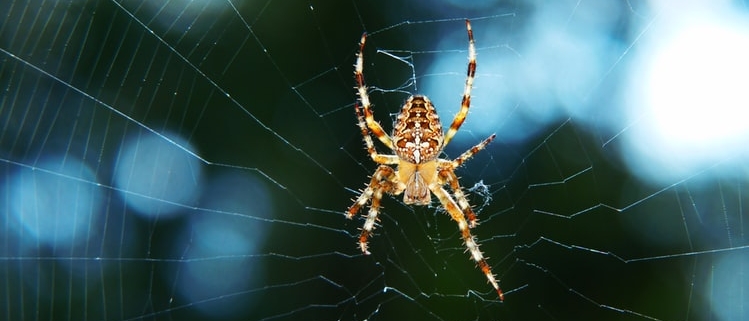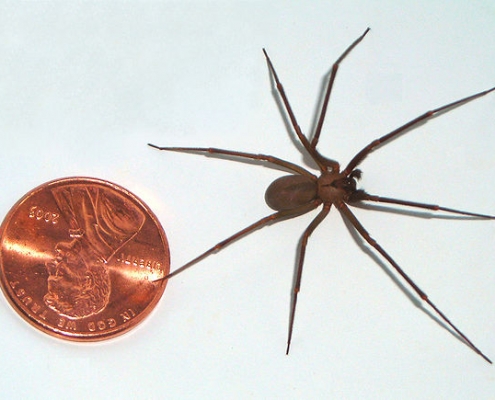Brown Recluse Spider vs Desert Brown Spider in Las Vegas
A lot of people are scared of spiders, but in Las Vegas, this is not an irrational fear. There are spiders out there that can cause you significant damage, and there is always media coverage and hysteria over these spiders. People often ask us “are there brown recluse spiders in Nevada?” or “how do I identify the Desert Brown Spider in Las Vegas?”
In this article, we’re looking at the prevalence of the brown recluse in las vegas and how much worry about these spiders is justified.
Are they the Same?
No, these two varieties of spiders are not the same. Identifying them accurately is tough though as they do have a lot of similarities. They’re closely related and both share the Loxosceles genes. Their markings can even be similar.
What are the Main Differences?
The markings and colors are usually the main difference. The Desert Brown spider is normally much lighter in color when compared to a Brown Recluse. The brown recluse appears far darker.
People often use the Violin shaped marking as a vital difference between the two. However, though the Violin marking is extremely common on Brown Recluse spiders it can also occur on the Desert Brown.
Brown Recluse Description
If you need a 100% accurate identification of these pests it is important to work with a company offering Spider Control in Las Vegas. More on identifying an infestation later in the article.
The Brown Recluse has the marking of a fiddle or violin on its body. This is darker in color than the rest of the body. Other than this, there are some other identifying features including:
● Long legs which are quite thin.
● 3 visible sets of eyes (can be seen up close).
● All legs are colored exactly the same as one another.
● The abdominal section is oval-shaped and does not have any markings.
● The spiders are colored tan/brown.
● The legs have fine hairs on them but don’t have visible spines like some other spider varieties.
● Around ½ of an inch in length around the body (excluding legs).
The coloration is a very important aspect of the spider and identifying which is which.
Desert Brown Spider Description
Desert Brown spiders are more common Las Vegas Pests. The desert brown follows a very similar description to the Brown Recluse Spider. However, they have a yellowish-brown coloring. Also, these spiders may or may not have the violin/fiddle marking whereas the Brown Recluse will always have these markings.
Are They Dangerous? Bites from these Spiders
Yes. There is no denying that bites from these spiders can be very dangerous. This is one of the many reasons why it is extremely important to deal with any infestation quickly and effectively.
Both spiders have bites which are necrotic. They can cause tissue damage and give you a necrotic lesion in a worst-case scenario. This is at risk of infection.
Though the brown recluse in Las Vegas bites have only killed people under the age of 7 in historical records, they carry significant risks. For instance, you can experience acute renal failure, comas, blood clots, and other blood conditions.
Make no mistake that if you get bitten by either a Brown Recluse or a Desert Brown there is a risk attached. You should always seek medical attention in these scenarios. The bites also cause significant risk to children and elders.
How to Identify an Infestation and Get Rid of Them
As these spiders are dangerous, the infestations aren’t something you should try to tackle yourself. If you have any issues with a brown recluse in Las Vegas or think you have seen a desert brown around the house, it is vital that you seek professional help from companies having pest control services.
If you do get a glimpse of one of these, the descriptions above will help you to work out the species of the spider. Pay close attention to the violin marking and also to the color of the spider.
Using a Las Vegas pest control company means the company will know the pests in that area. As these spiders are native to Nevada, they will be able to quickly identify and put into place the proper steps to get rid of your infestation.





